Distortion is something you usually want to avoid when recording. You don’t want to see those red lights blinking at you, right? That is often the case, clipping your interface or converters isn’t a very pleasant sound. But why is it that we do like the subtle overdrive of a guitar amp? Or the warm saturation of a tape recorder? It’s all about harmonics.
Before we dive into the 8 creative ways to use distortion in your tracks, let me first explain something about harmonic distortion. All acoustic instruments produce a specific range of harmonic overtones that defines that instrument. You can play a 440Hz tone on a guitar and on a violin, yet the two instruments sound different. This has a lot to do with the harmonic structure of those instruments.
When a guitar string vibrates it doesn’t only vibrate from one end to another once. It vibrates at multiples of that root note.
We know that an octave is half or double the root frequency. 1/2th, 1/4th, 1/8th, and 1/16th of the root note are therefore all octaves. 1/3th of the root note will be one octave + a fifth up, and 1/5th will be two octaves and one major-third higher than the root note. This range of harmonic frequencies sounds pleasant to our ears and this musical system was used for centuries known as pure intonation.
So then why is tape saturation more pleasant then digital clipping? That’s because tape saturation features mainly harmonic overtones, while digital clipping features inharmonic overtones. Inharmonic overtones are tones that have nothing to do with the root note and aren’t pure multiples. The other problem with digital clipping is that it has a very hard threshold. If you hit the digital ceiling, your sound gets destroyed instantly. Tape saturation has a much larger transition period, going slowly from a mild saturation to distortion.
So, now that you know all of that, let’s talk about 8 creative ways to use distortion in your tracks.
1. Use guitar pedals
Guitar pedals are cheap and often have a special mojo to them. You can use all kinds of pedals from subtle overdrive pedals to total fuzz mayhem. Experiment with how hard you drive the input of each pedal. Analog delay pedals can also distort in interesting ways, especially when you turn up the feedback control. My first delay pedal was a $40 dollar pedal that I still use to this day.
Not all pedals can handle the line-level input from your soundcard though, so try lowering the output volume if the pedal starts to clip excessively. In some cases, using a dedicated re-amp pedal might be a good investment.
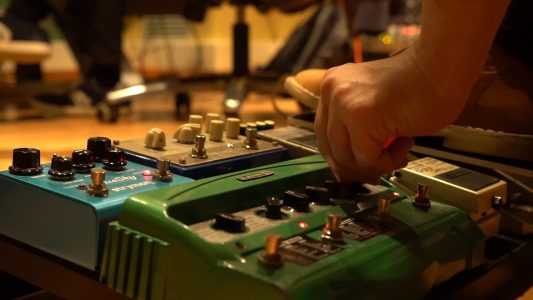
2. Drive your preamps hot
Everybody usually tells you to stay out of the red. But sometimes ignoring those red lights can bring you to grunge heaven. It all depends on the pre-amp though. Overdriving a pre-amp works best if you have a separate output control so that when you crank the gain, you can lower the output level to prevent clipping later in the signal chain. This rules out most audio interfaces because overloading the pre-amp is directly tied to clipping the AD converter.
So try to use this technique on stand-alone pre-amps and analog-mixing desks. All preamps have a different color and some will provide you with subtle saturation, while others will clip way easier. This is why most studios still praise expensive neve, and API preamps. They just sound so good with high gain settings. There are some plugins that try to emulate this sound though, like Waves NLS or Slate’s Preamp collection. Try it out for yourself and see if it works for you.
3. Use feedback delays
There are so many different delay pedals and effects on the market even though they all do the same thing. So what is it that makes these pedals sound so different? It’s all in the sound you get when you crank the feedback controls. Each time the delayed signal goes through the feedback loop, you will usually lose some high end while at the same time, the signal gets a little bit distorted.
Echoboy from Soundtoys does a great job at emulating all kinds of delay pedals. On top of that, it provides you with lots of options to shape the sound. A favorite trick of mine is to add some ‘wobble’ so that each delay varies in pitch slightly, just like the wow & flutter of a tape recorder. Try to put this delay on an aux track and play with the send, and feedback level to create evolving soundscapes.
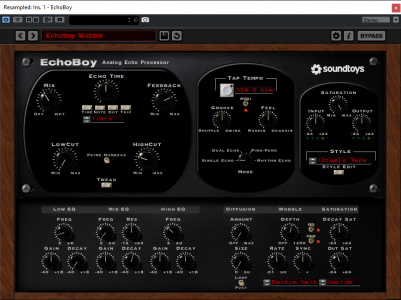
4. Filter distortion
Another way to achieve some great sounding distortion is to make use of filters. All analog filters have a certain sound when you crank the resonance control, some will self-oscillate, while others will add some drive to the sound. Another great plugin by Soundtoys that emulates this behavior really well is Filterfreak. Fabfilter Volcano also has some great filter types with lots of modulation options.
But you can use all kinds of filters. Old school samplers like those from AKAI or Ensoniq sound great. Many synthesizers have external inputs so you can send for example a drum loop through a Moog Minitaur or Korg MS-20 to add some grit to your loops. A trick for extended bass response is to use a highpass filter with the resonance cranked into self-oscillation with a low cutoff frequency. You can use this method to add lots of harmonic richness to every sound.
5. EQ into distortion
You can change the sound of each distortion plugin or device by putting an EQ in front of it. Boosting the low end with EQ will result in more distortion being added to those frequencies. Cutting with EQ will result in less distortion being applied. This method actually works with compression as well. Attenuating some low-end before the compressor makes the compressor react less on low frequencies.
You can really go wild with this method if you make gigantic boosts of 20dB or more. How else do hardstyle producers make their kicks? To refine your sound, even more, insert another EQ, but this time after the distortion unit. Play around with some settings to come up with some utterly amazing raw sounds. Plugins like Izotope Trash2 even come with EQ’s and filters built-in, to make your life a bit easier.
6. Re-amping
Re-amping is often used in the studio to re-record DI’d electric guitar or bass parts. But who says you can only do it with guitars? Send some drums through a guitar amp and see what happens. You not only have access to a great distortion unit, but you can also EQ the sound. Some amps also come with a built-in reverb tank which is fun to use.
Most people use a re-amp box like those from Radial. The re-amp will convert the line-level signal from your soundcard to the guitar signal a guitar amp expects. You can re-amp without one but it will give you more noise and you will have to attenuate the signal somehow. DIYRE has a great kit for building your own re-amp box.
Of course, you can also use amp simulators like the Kemper Profiler or Avid’s Eleven Rack. Amplitube and Guitar rig are great software alternatives, that come with hundreds of effects too.
7. Waveshaping
Waveshaping is a distortion method that applies different kinds of algorithms to shape the input waveform. A waveshaper not only allows you to add upper harmonics, but it’s capable of producing sub-harmonics underneath the root note as well. Waveshaping works best on simple waveforms, like sines and triangles, because it will add lots of harmonics.
Waveshapers can be bought in pedal form or as a software plugin. Just google for Waveshaper plugin and you will find many. I discovered waveshaping when I bought it as a Eurorack module. Eurorack, by the way, is also a great system to experiment with complex effects.
8. Bit reduction
Any modification you make to the original sound is basically a form of distortion. If you reduce the number of bits available in a signal, you obviously lose some information. A smooth sine wave will eventually be reduced down to a digital staircase. Most DAW’s provide you with some bit crushing and sample rate reduction options. This type of distortion is in-harmonic and will sound harsh when overdone. But if you use it sparingly it can add some digital grit to your sound.
Classic samplers like the Ensoniq Mirage have a lo-fi character because of their low sample rates and bit-depth. Some of the early digital delays also have low sample rates that can actually sound very useful on drums and bass instruments.
Final note
In the end, every sound can be completely demolished by applying various effects. Sometimes using equipment in improper ways will result in great sounds. Other times it will have a not-so-great sounding result. Experimentation is key. Try some of these methods out for yourself and come up with your own methods. You may even find your own signature sound in the process.

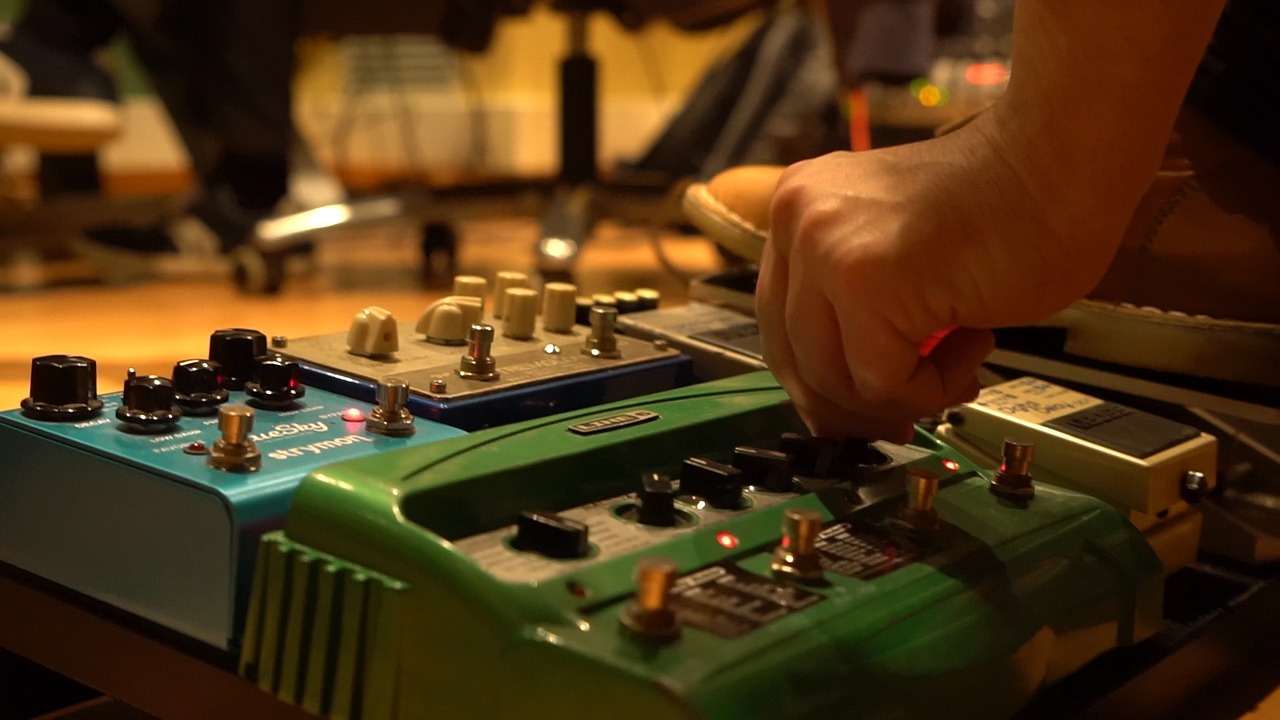

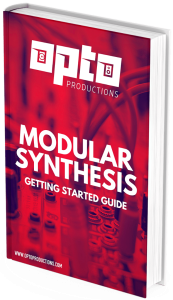

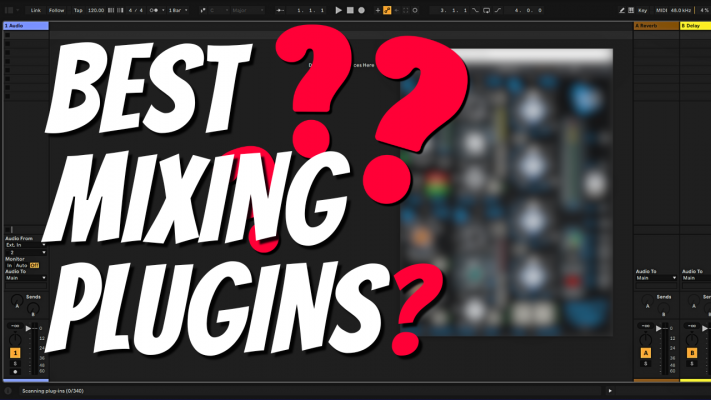
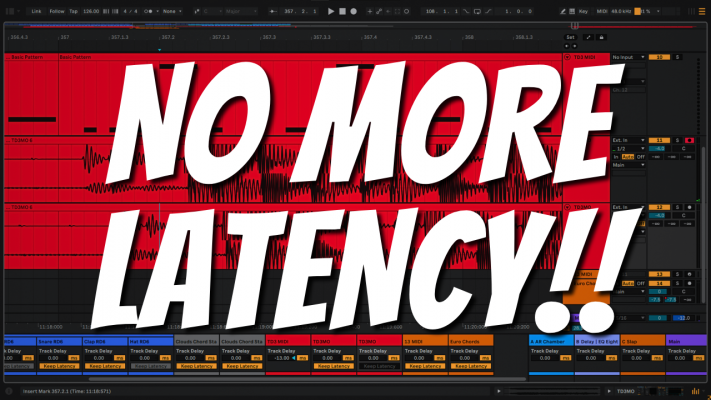
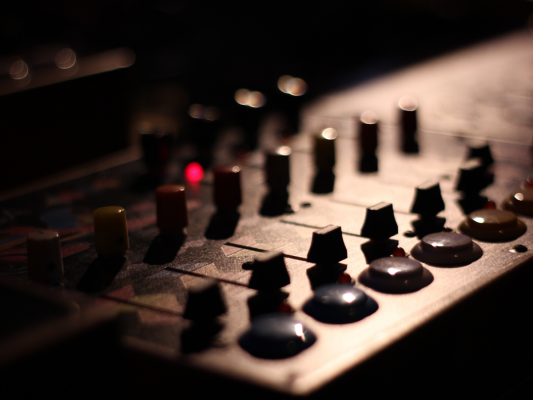
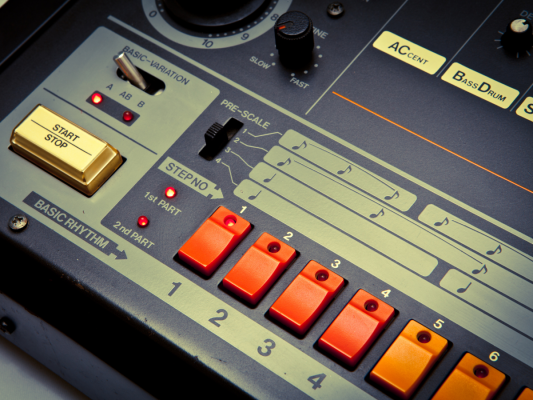
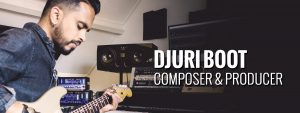
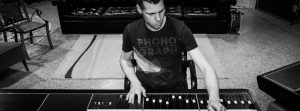
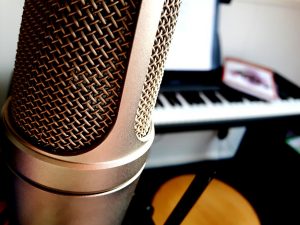

2 Responses
What are the best free VST plugins for distortion bro?
Thank for post enjoyed reading this 🙂
Hey Pav, Softube’s saturation knob is pretty good. Your DAW probably comes with some great distortion plugins as well. 🙂